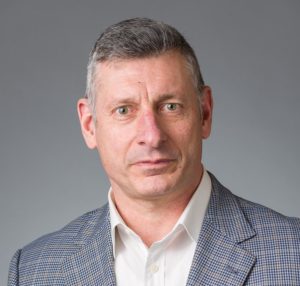A common challenge for service centers is effectively and efficiently assigning inbound requests, so that the requests are closed in a timely manner, with high-quality responses. This distribution of requests is also referred to as "triaging." Different service centers approach triaging differently, and the methods they use can have significant impacts on cost and customer satisfaction.
1: The All Manual Method
Let's say an employee submits a question about benefits coverage to the service center. This request, and all other requests, are routed to a queue.
A triage person pulls the request from the queue, opens it, reads it, and decides what to do with it. They decide that it should go to the benefits team, and they transfer it there.
The triage person repeats this process with every new request that's received by the service center. They essentially pick up the request, and put it someplace else. But value isn't created when a request is moved from one bucket to another; value is only created when the request is answered and closed.
Moving the request from one bucket to another doesn't directly add value. But it does add cost.
2: The Cross-training-based Method
All requests are routed directly to Tier One. All Tier One agents are trained as generalists, have access to a knowledge base, and can answer 70 to 80 percent of the requests they receive. The few requests they can't answer are escalated to the subject matter experts in Tier 2.
Here's the big difference between Method A and Method B: In method A, every request is touched a minimum of two times. And when every case is touched twice, your rate of
first contact resolution (FCR) is always going to be zero. That's not good, considering that FCR one of the premier measures of efficiency and satisfaction in a contact center. In Method B, a high percentage of requests are touched only one time.
That's more efficient, so it drives down costs. And it drives up customer satisfaction.
3: The Technology-assisted Method:
Some more technology-savvy service centers have improved upon Method B, by incorporating
workload-based routing, and
skill-based routing. Workload routing uses algorithms to determine which agent has the lightest case load, and will automatically assign cases accordingly. This approach minimizes the time that the employee has to wait for an answer.
Others take it a step further by combining workload-based routing with skill-based routing. Let's say that two Tier One agents have the same low number of cases, and a new request about a paycheck error has just been submitted. The technology will assign the request to the one of the two agents that has the higher level of knowledge about handling paycheck errors.
This skill-based routing approach increases the likelihood that the request will be answered on the first contact. And that's better for everybody.
Which method of triaging to you use, and why? And what other methods are out there?

 Microsoft Teams
Microsoft Teams
 Workday
Workday
